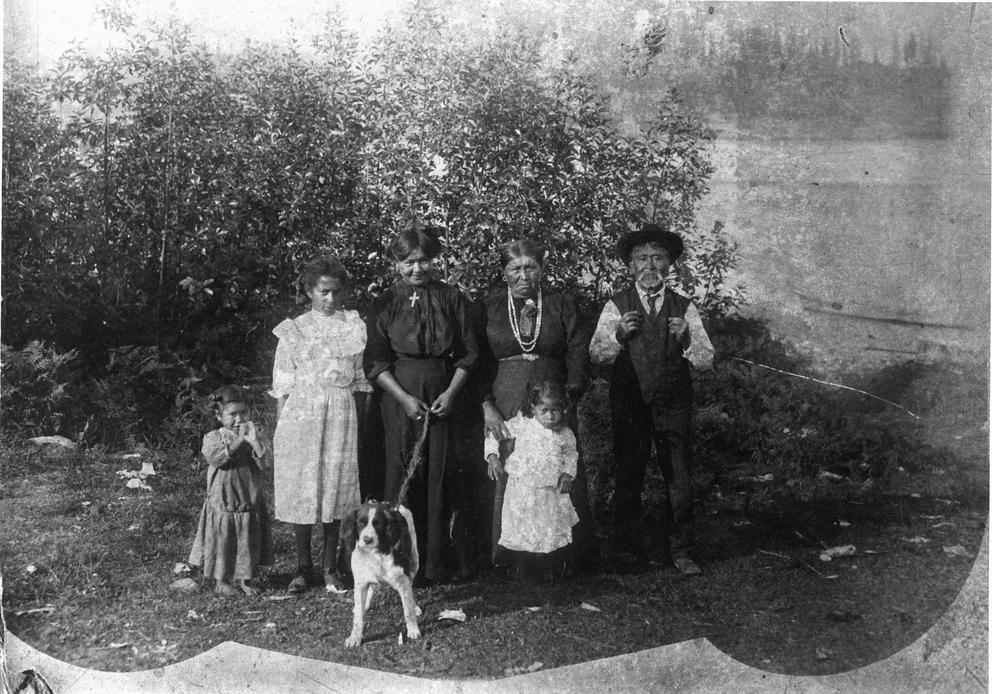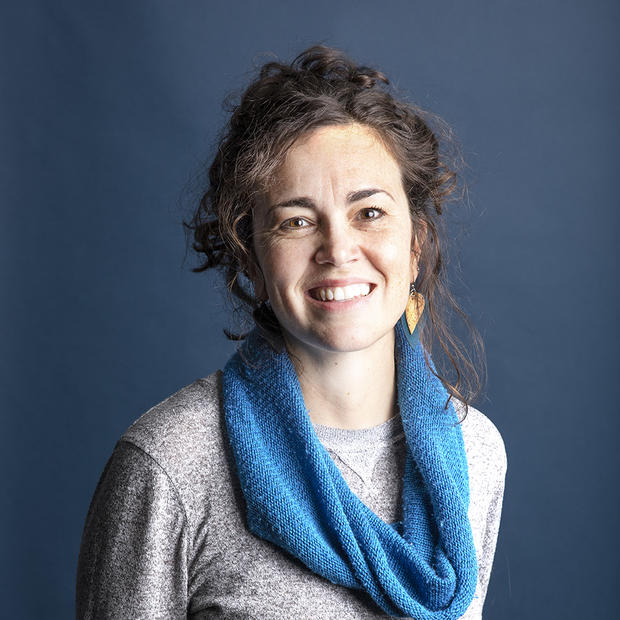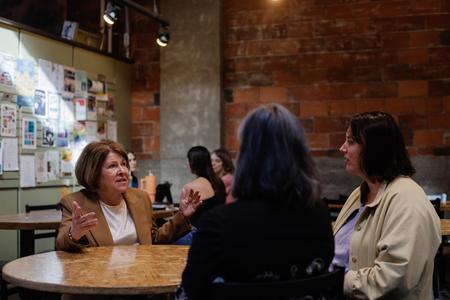Podcast | The effort to ease an Indigenous housing crisis
Crosscut reporter Luna Reyna discusses how housing inequities affect the Suquamish Tribe and how federal funds could help provide affordable options.

From left: Edith Alexis, Agatha Henry, Cecelia Rodgers, Annie Rodgers (holding unknown child) and Chief William Rodgers. c. 1910-1912. Chief Rogers was displaced a number of times before leading the Suquamish Tribe in 1911. (Courtesy of Suquamish Museum Archives)
For many years the Suquamish Tribe and its citizens owned less than half of the land on their reservation in Washington, and many of those citizens have long struggled to afford housing there.
This reality is based in large part on the forced federal assimilation policies of the late 19th and early 20th centuries. It’s also because of what the 21st-century U.S. government has called “Broken Promises.”
Listen to Crosscut Reports on Apple Podcasts, Spotify, Amazon or wherever you get your podcasts.
But recently the tribe has been getting its ancestral land back and building affordable housing for its citizens.
For this episode of the Crosscut Reports podcast, Indigenous affairs reporter Luna Reyna talks to host Sara Bernard about the new effort, the federal funding that is making it possible and the troubling history that has made it necessary.
Read our full report on the Suquamish effort here.



